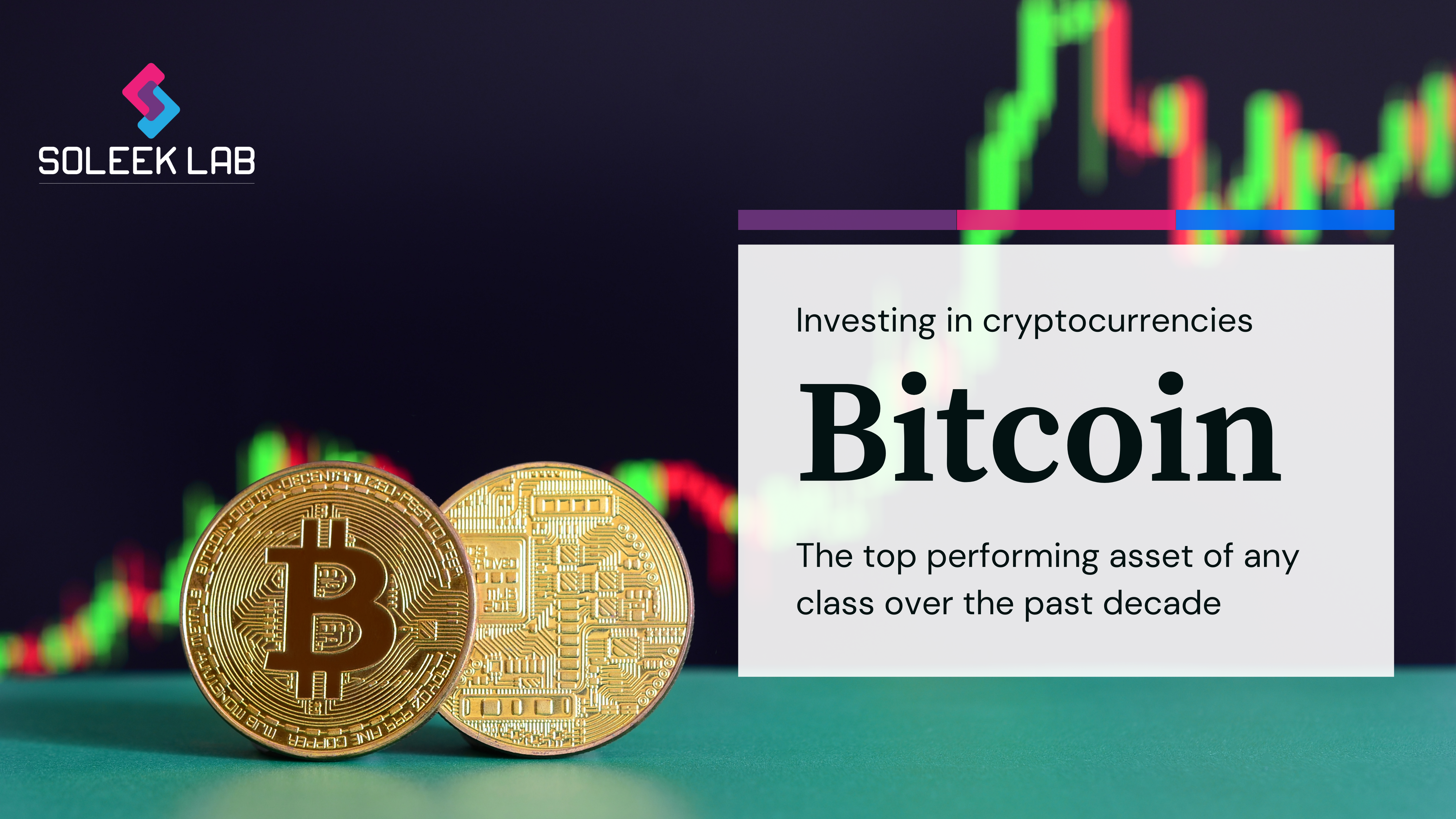Bitcoin (₿) is the world’s first decentralized digital currency, without a central bank or single administrator, Bitcoin can be sent from user to user on the bitcoin network ( peer to peer) without the need for intermediaries. Transactions are verified by network nodes through cryptography and recorded in a public distributed ledger called a blockchain. The cryptocurrency was invented in 2008 by an unknown person or group of people using the name Satoshi Nakamoto. The currency began use in 2009 when its implementation was released as open-source software.
https://en.wikipedia.org/wiki/Bitcoin
Bitcoin is a type of digital asset that uses public-key cryptography to record, sign and send transactions over the Bitcoin blockchain – all done without the oversight of a central authority.
Each bitcoin is made up of 100 million satoshis (the smallest units of bitcoin), making individual bitcoin divisible up to eight decimal places. That means anyone can purchase a fraction of a bitcoin with as little as one U.S. dollar.
Bitcoin price
Bitcoin’s price is highly volatile, but despite that, it has become the top performing asset of any class (including stocks, commodities and bonds) over the past decade – climbing a staggering 9,000,000% between 2010 and 2020.
How does Bitcoin work?
Bitcoin and other cryptocurrencies are currencies that don’t exist in a physical form, and the coin is transacted directly between the sender and the receiver without banking intermediaries to facilitate the transaction. Everything is done publicly through a transparent, immutable, distributed ledger technology called blockchain.
The main features of blockchain technology:
- Bitcoin transactions are recorded on a public, distributed ledger known as a “blockchain” that anyone can download and help maintain.
- Transactions are sent directly from the sender to the receiver without any intermediaries.
- Holders who store their own bitcoin have complete control over it. It cannot be accessed without the holder’s cryptographic key.
- Bitcoin doesn’t exist in a physical form.
- Bitcoin has a fixed supply of 21 million. No more bitcoin can be created and units of bitcoin cannot be destroyed.
Bitcoin users send and receive coins over the network by inputting the public-key information attached to each person’s digital wallet.

